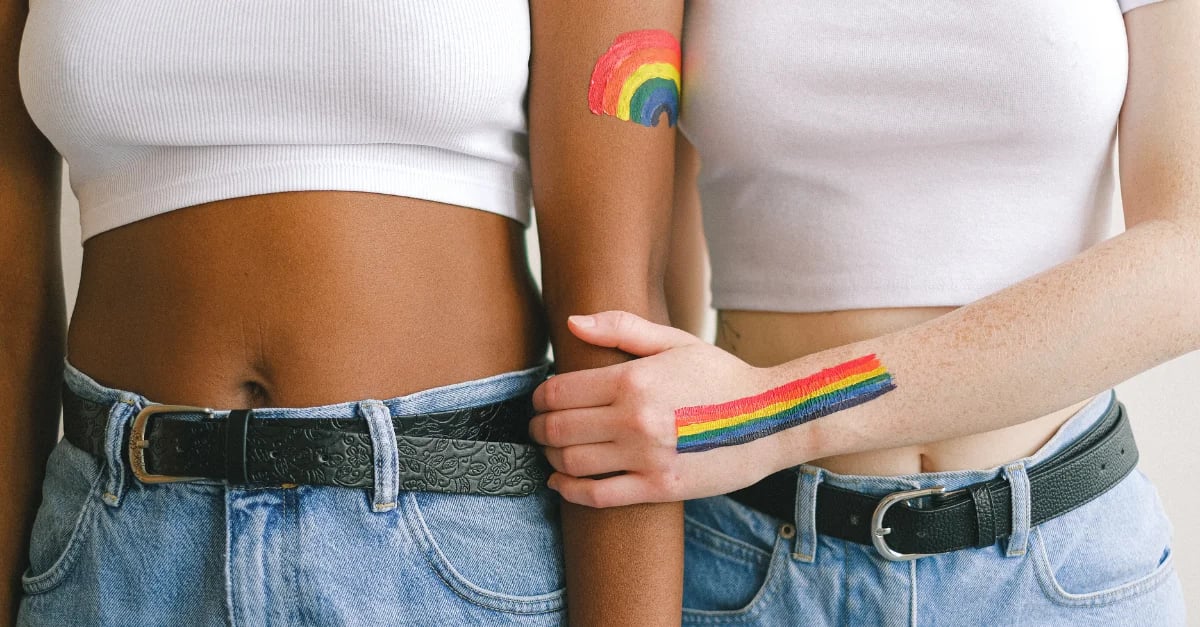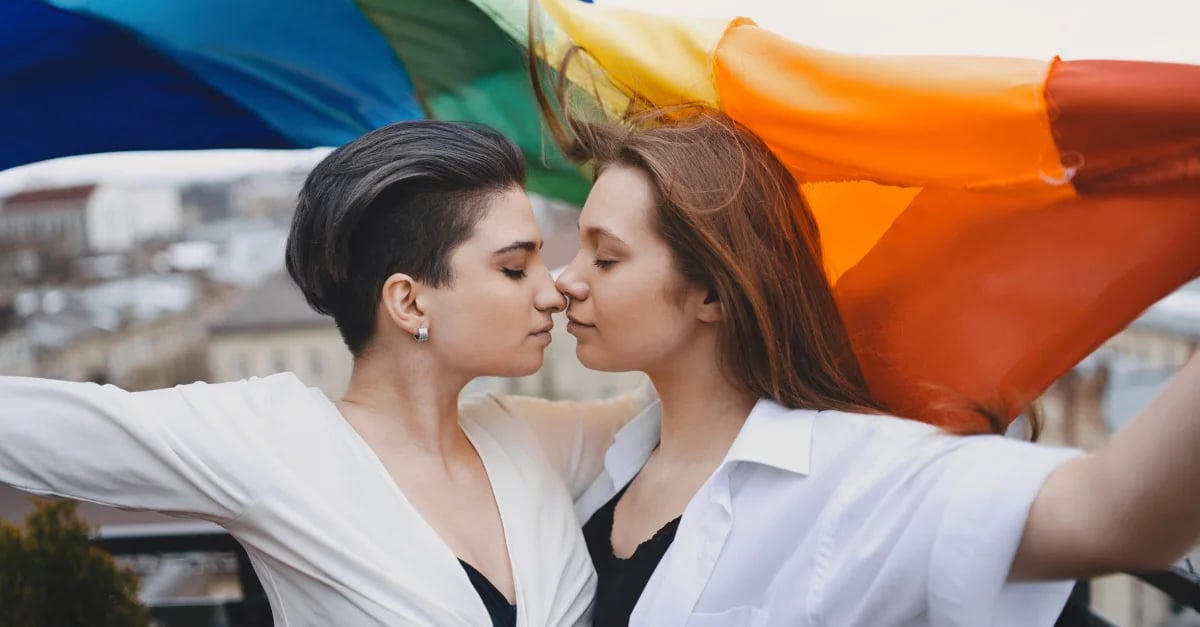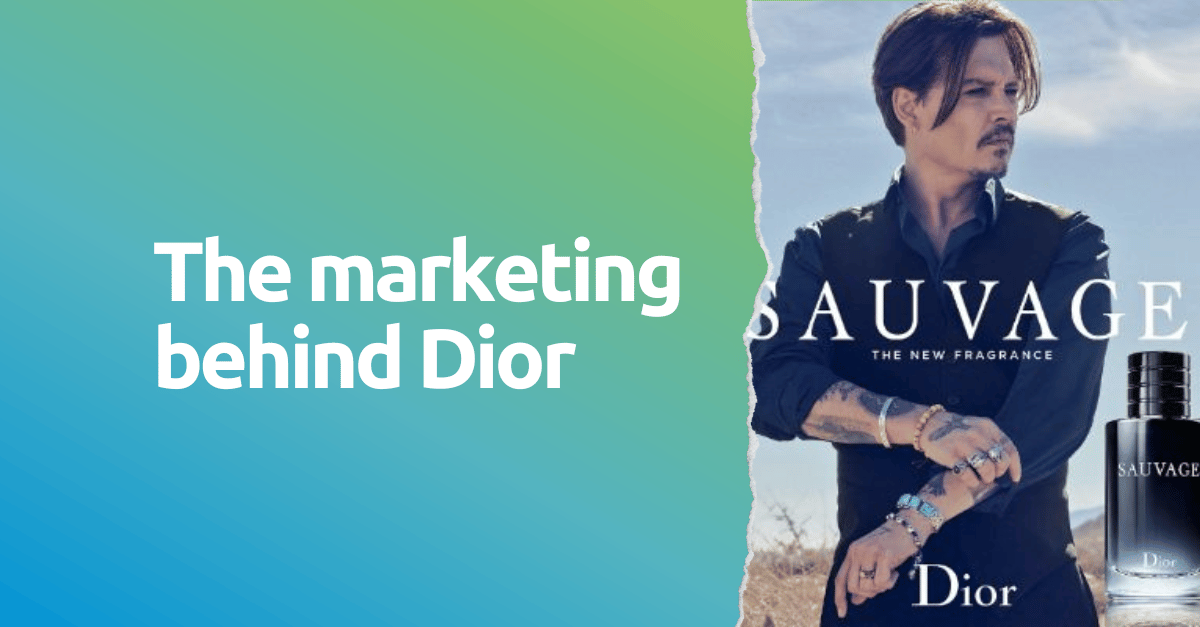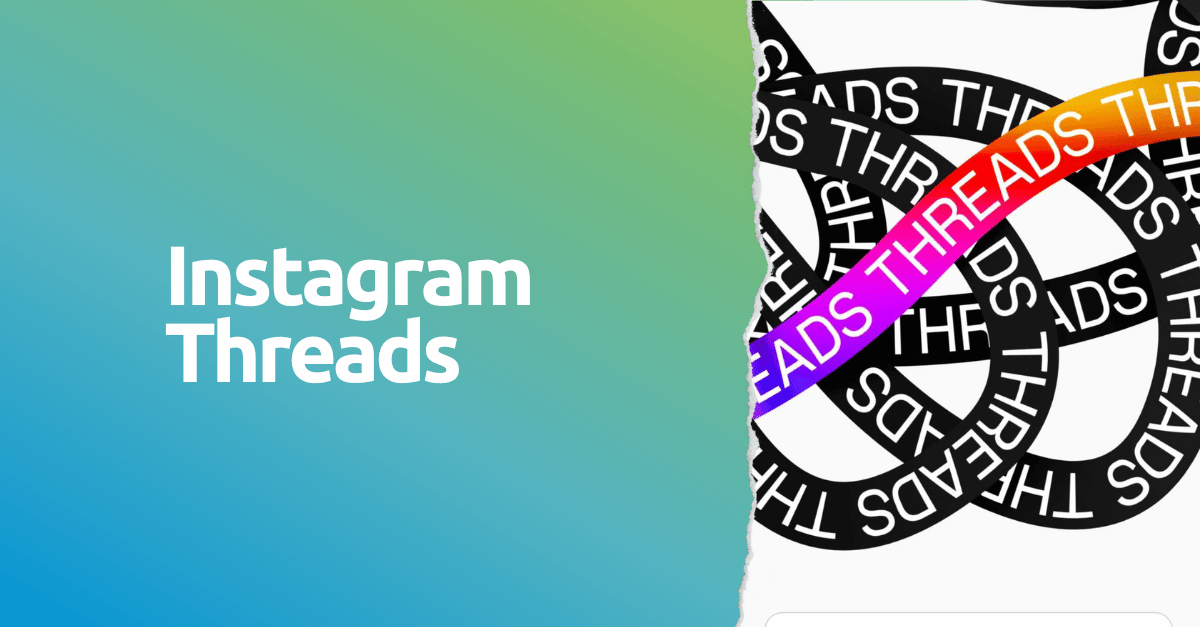June has arrived, the month of LGBTQ+ Pride. During this month, the streets are filled with colorful parades, events, and demonstrations that celebrate gender and sexual orientation diversity, in commemoration of the Stonewall riots that took place in New York in 1969.
For brands, this is an important time to show our support for the LGBTQ+ community and build long-term relationships with this market segment.
However, it is crucial to avoid falling into bad marketing practices. It is not simply about using rainbow colors or featuring members of the community in advertising campaigns. It is about understanding and embracing diversity, inclusion, and equality within our brand identity.
In this article, we will explore how to break free from false inclusion to build strong and lasting relationships with the LGBTQ+ community. We will discuss the importance of authentic and stereotype-free representation, the need to listen and learn from the community, and how to avoid tactics that may be perceived as opportunistic.
|
Contents 2.1. Be authentic 2.2. Overcome the fear of backlash |
1. What is Rainbow Washing?
Rainbow Washing is a negative and shameful practice that has become increasingly common in the world of marketing, but what is it and what are its consequences? Let's find out together!
This practice involves using the rainbow flag and LGBTQ+ symbols as a superficial strategy to gain commercial benefits, without a genuine commitment to equality and inclusion. It's like painting a rainbow on a logo without backing it up with concrete actions.
This practice can have a negative impact on the movement, as it trivializes and distorts its true meaning, turning it into a mere commercial trend.

These misguided practices can also undermine genuine equality efforts. By solely focusing on building a false facade of support, brands run the risk of missing the opportunity to be true agents of change.
Instead of simply using LGBTQ+ pride symbols during the month of June, we must commit to long-term inclusive policies, promote diversity within our teams, actively support LGBTQ+ organizations, and listen to and amplify the voices of the community.
2. How to Break Free from Rainbow Washing?
A recent study conducted by Nielsen revealed that over a third of surveyed individuals belonging to the LGBTQ+ community globally feel comfortable with advertising and expect brands to approach them in an authentic manner. Faced with marginalization, these consumers yearn for companies to lead the way towards true inclusion, surpassing barriers and fighting for equality.
It's time to make it clear that the LGBTQ+ movement deserves genuine support and sincere respect, not commercial exploitation. As marketing professionals, we have a responsibility to be aware of the reach and impact our actions can have. Superficial gestures are no longer enough; we must take decisive steps towards promoting real inclusion.
2.1. Be Authentic
Our commitment to the LGBTQ+ community has a significant impact on the brand image we want to project and how we are perceived in the market. That's why it's essential to approach LGBTQ+ marketing from authenticity to build meaningful relationships and strengthen the connection with consumers.
Today, consumers, especially younger ones, seek brands that are committed to equality and diversity. Being an ally brand in the fight for these values goes beyond advertising strategies; it's about playing a transformative role in society. Brands that speak out in support of the LGBTQ+ movement have the power to create real change in society, inspiring other market players and setting a standard for the entire industry.
Good practices within LGBTQ+ marketing also provide us with an invaluable opportunity to build a trusting relationship with consumers who share the same values.
2.2. Overcome the Fear of Backlash
In the world of marketing and advertising, the fear of backlash, that is, receiving negative criticism or facing controversies, can be a barrier to addressing issues related to the LGBTQ+ community. However, it is crucial to keep in mind that inclusion has acquired paramount value in contemporary society. Ignoring or avoiding addressing these issues can be perceived as a lack of interest in social problems and alienate a significant portion of the audience. On the contrary, overcoming the fear of backlash can provide us with a series of strategic advantages, such as:
- Opens up opportunities for learning and growth.
- Embracing an inclusive stance allows us to attract and connect with a more diverse audience.
- Authenticity and inclusion help brands differentiate and stand out in a highly competitive market.
- Through inclusive marketing strategies, brands can foster greater loyalty among LGBTQ+ consumers and their allies.
- Collaborations with content creators, influencers, and LGBTQ+ organizations open doors to message amplification and positive partnerships that strengthen brand authenticity.
To overcome the fear of backlash, it is necessary to conduct thorough research and deeply understand the values, needs, and behaviors of the LGBTQ+ community.
2.3. Understand the behavior of the LGBTQ+ community
As marketing professionals, we cannot overlook the importance of understanding and educating ourselves about the LGBTQ+ community. When implementing inclusive marketing strategies, let's remember that we are delivering our brand message to people who are part of this community and those who share its ideology.
It is essential to listen to and understand the interests, experiences, challenges, and needs of this segment in order to represent them authentically and respectfully, leveraging current media and communication channels to ensure our message reaches them effectively.
Digital connectivity has played a fundamental role in advancing the LGBTQ+ community, breaking down barriers and creating safe spaces for personal expression. Platforms such as YouTube, Snapchat, Instagram, and Twitter have been key centers of this digital revolution, allowing the LGBTQ+ community to connect, share, and be heard in ways never before imagined.
According to the Nielsen study, 85% of LGBTQ+ individuals have used video streaming services in the last 30 days, surpassing the 74% of the general population, with YouTube being the favorite channel among this community. Could you have imagined it?
Moreover, this community is redefining content culture and has become an influential force in the digital world. In this context, incorporating influencer marketing into our strategies can provide a clear competitive advantage. Now more than ever, brands have the opportunity to collaborate with LGBTQ+ content creators, which not only strengthens our authenticity but also allows us to genuinely connect with our audience.
2.4. Avoid stereotypes and inauthentic representations
While progress has been made in accepting LGBTQ+ imagery in advertising and content in general, we still face significant challenges in authentic and respectful representation of this community. We often encounter stereotypes and superficial portrayals in media and advertising that do not reflect the reality of LGBTQ+ lives.
As marketing professionals, it is our responsibility to lead the change and move away from these inauthentic portrayals:
- The "gay best friend" trope: This stereotype portrays gay men as fun, outgoing companions with a secondary presence in the lives of heterosexual individuals. This representation does not reflect the diversity of their lives and experiences.
- The "butch lesbian" or "femme": The image of a lesbian woman has been simplified into two extremes: the "butch lesbian" who fits into traditionally associated masculine stereotypes, or the "femme" who conforms to traditional femininity standards. This representation ignores the diversity of gender expressions and the multiple identities that exist within the community.
- The "internal conflict" of bisexuality: At times, bisexuality is portrayed as a phase or a stage of sexual confusion. This stereotype minimizes and delegitimizes bisexual identity.

Another common mistake we often fall into is not providing enough visibility to the wide diversity that exists within this community. While the inclusion of same-sex relationships in content is more accepted, other dimensions of diversity within the LGBTQ+ community are often overlooked.
Before designing our LGBTQ+ marketing strategy, it is essential to recognize and value the diversity present in this community. From the acronym "LGBT" that encompasses lesbians, gays, bisexuals, and transgender individuals, to the wide range of queer identities that encompass diverse sexual orientation, gender identity, and sexual characteristics.
It is important to keep in mind that each LGBTQ+ person has a unique experience and a voice that deserves to be heard.
3. Inspiración y ejemplos exitosos
Discover the true magic of LGBTQ+ marketing through these inspiring examples of brands that have made a difference. From creative campaigns to powerful messages, these brands have demonstrated their commitment to diversity, inclusion, and respect.
Nike
This renowned sports brand has been acclaimed for its support of diversity and inclusion in its advertising campaigns. They have featured openly LGBTQ+ athletes in their commercials and have endorsed community-related initiatives such as "Be True."
"Be True" is a flagship initiative by Nike that is part of their broader commitment to the LGBTQ+ community. This initiative focuses on celebrating, inspiring, and educating through community partnerships and product collections created in direct collaboration with the community.
Through "Be True," Nike aims to foster inclusion and respect while driving positive change and visibility of diversity in the world of sports and beyond.
Ben & Jerry's:
Ben & Jerry's has demonstrated a lasting commitment to social justice. Since 1989, they were pioneers in offering health insurance to the same-sex partners of their employees, based on equality and fairness. Over the years, they have continued to advocate for what they believe is right.
This company is a standout example of how a brand can use its platform to promote equality and support the LGBTQ+ community. Their ongoing commitment to social justice is inspiring and shows how the power of business can be used to make a positive impact on society.
Absolut Vodka:
Discover the alcoholic beverage brand that has shown unwavering support for the LGBTQ+ community over the years.
Absolut has launched campaigns and special editions of its products that celebrate diversity and has supported events and organizations that promote equality. Since the 80s, Absolut has been committed to the fight for a colorful, diverse, and respectful world. Their iconic Absolut Rainbow bottle, containing Absolut Vodka Original, is a symbol of celebration and authenticity.
Levi's
With a long history of support and alliance, Levi's not only celebrates Pride Month but also continues to advocate for and defend the rights of the LGBTQ+ community throughout the year.
From the beginning, Levi's has stood side by side with the LGBTQ+ community in the fight for equality. Whether marching in the streets of San Francisco in protest for rights or celebrating individuality and diversity, Pride is woven into the brand's past and future.
In conclusion, building long-term relationships with the LGBTQ+ community requires an authentic and committed approach. Brands must be aware of the importance of being inclusive, respectful, and responsible in their actions and marketing strategies.



.webp)
